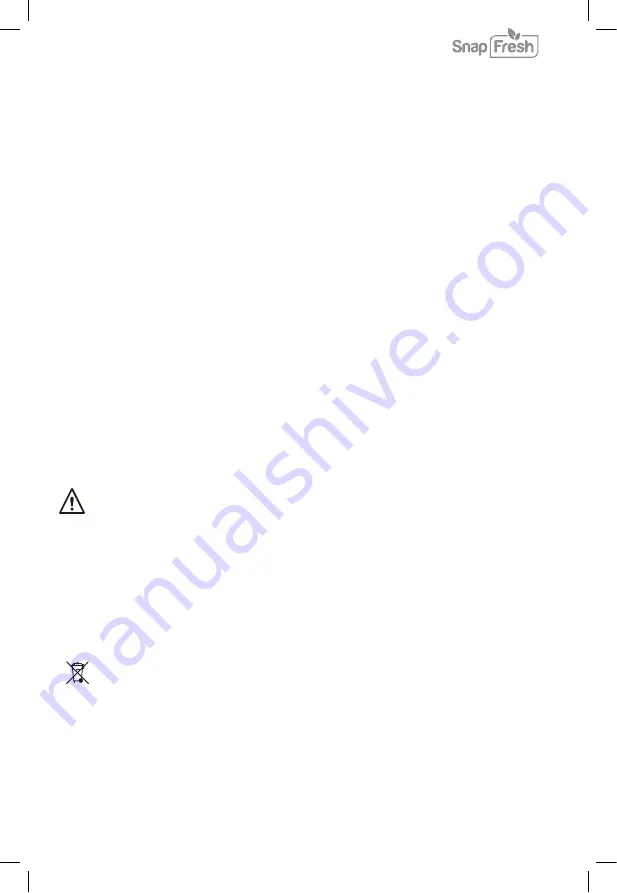
•
•
Flush cutting (Fig. E)
Elastic bi-metal saw blades allow you to saw protruding objects (e,g, water pipes, iron bars, etc,)
nearby the wall.
Apply the saw blade directly to the wall and bend slightly so that the footplate rests against the
wall. Pay attention that the saw blade always extends beyond the diameter of the material being
worked.
Switch the machine on and saw off the workpiece keeping constant lateral pressure against the wall.
Optimum use
•
Adjust saw blade and stroke rate to suit the material to be processed. For right radius curves it
is best to use a narrow saw blade. Apply coolant or lubricant to deal with the
uttering produced
along the cut line when sawing metal.
•
Check wood, chip boards, building materials etc, for hard materials (nails, screws etc.), before
sawing and remove them, if necessary.
•
Clamp material well. Do not support the workpiece with hand or foot. Do not touch objects or the
floor with the saw running (danger of backlash).
•
Put the footplate on the surface of the workpiece, and saw through it with constant contact
pressure or feed. If the saw blade seizes switch the machine off immediately. Spread the gap
with a suitable tool and pull out the saw blade.
•
After finishing work, switch off the machine and only put down after it has come to a complete
standstill.
14
MAINTENANCE
Before cleaning and maintenance, always switch off the machine and remove the battery pack
from the machine.
Clean the machine casings regularly with a soft cloth, preferably after each use. Make sure that the
ventilation openings are free of dust and dirt. Remove very persistent dirt using a soft cloth moiste
move very persistent dirt using a soft cloth moistened with soapsuds. Do not use any solvents such
as gasoline, alcohol, ammonia, etc. Chemicals such as these will damage the synthetic components.
ENVIRONMENT
Faulty and/or discarded electrical or electronic apparatus have to be collected at the
appropriate recycling locations.


































